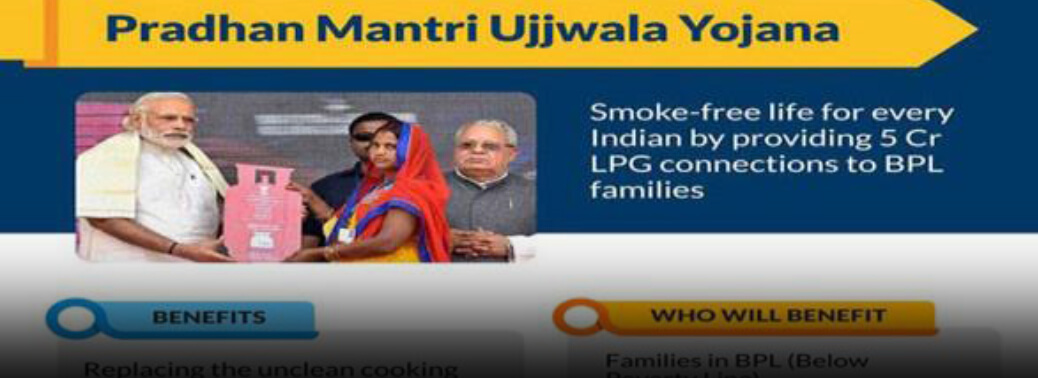85% OF UJJWALA BENEFICIARIES STILL USE EARTHEN STOVE
08, Apr 2019

Prelims level : Polity and Governance
Mains level : GS-II (Important Aspects of Governance, Transparency And IR)
why in news:
- The hidden truth of the Pradhan Mantri Ujjwala Yojna (PMUY), being touted in the Bharatiya Janata Party’s (BJP) election campaigning as one of the big successes of the incumbent government, is that most rural households with LPG (liquefied petroleum gas) connections still use chulhas with firewood or dung cakes, to the detriment of rural health.
Background:
- The Ujjwala Yojna, launched in 2016, subsidises LPG connections for rural households by providing a free gas cylinder, regulator and pipe. Central government data shows that more than six crore households have received a connection through the scheme.
- The Research Institute for Compassionate Economics study shows that in the four States surveyed, there has indeed been a substantial increase in LPG ownership due to the scheme, with 76% of households now owning an LPG connection.
About Ujjwala: / Pradhan Mantri Ujjwala Yojana:
- The Scheme was launched in 2016 to provide free cooking gas (LPG) connections to poor households.
- Under the scheme, the government provides a subsidy of Rs. 1,600 to state-owned fuel retailers for every free LPG gas connection that they install in poor households. This subsidy is intended to cover the security fee for the cylinder and the fitting charges.
- The scheme allows beneficiaries to pay for the stove and the first refill in monthly installments.
- However, the cost of all subsequent refills has to be borne by the beneficiary household. So far, the scheme targeted the poor and underprivileged listed in the Socio-Economic and Caste Census, 2011.
- Union Cabinet has recently approved the expansion of the scheme to all poor households (not covered under the existing beneficiary categories).
- The scheme is being implemented by the Ministry of Petroleum and Natural Gas. It is first social welfare scheme implemented by Ministry of Petroleum and Natural Gas.
Some of the objectives of the scheme are:
- Empowering women and protecting their health.
- Reducing the serious health hazards associated with cooking based on fossil fuel. Reducing the number of deaths in India due to unclean cooking fuel.
- Preventing young children from significant number of acute respiratory illnesses caused due to indoor air pollution by burning the fossil fuel.
Why should we opt for LPG?
- About 75 crore Indians, especially women and girls, are exposed to severe household air pollution (HAP) from the use of solid fuels such as biomass, dung cakes and coal for cooking.
- A report from the Ministry of Health & Family Welfare places HAP as the second leading
- risk factor contributing to India’s disease burden.
- According to the World Health Organization, solid fuel use is responsible for about 13% of all mortality and morbidity in India (measured as Disability-Adjusted Life Years), and causes about 40% of all pulmonary disorders, nearly 30% of cataract incidences, and over 20% each of ischemic heart disease, lung cancer and lower respiratory infection






